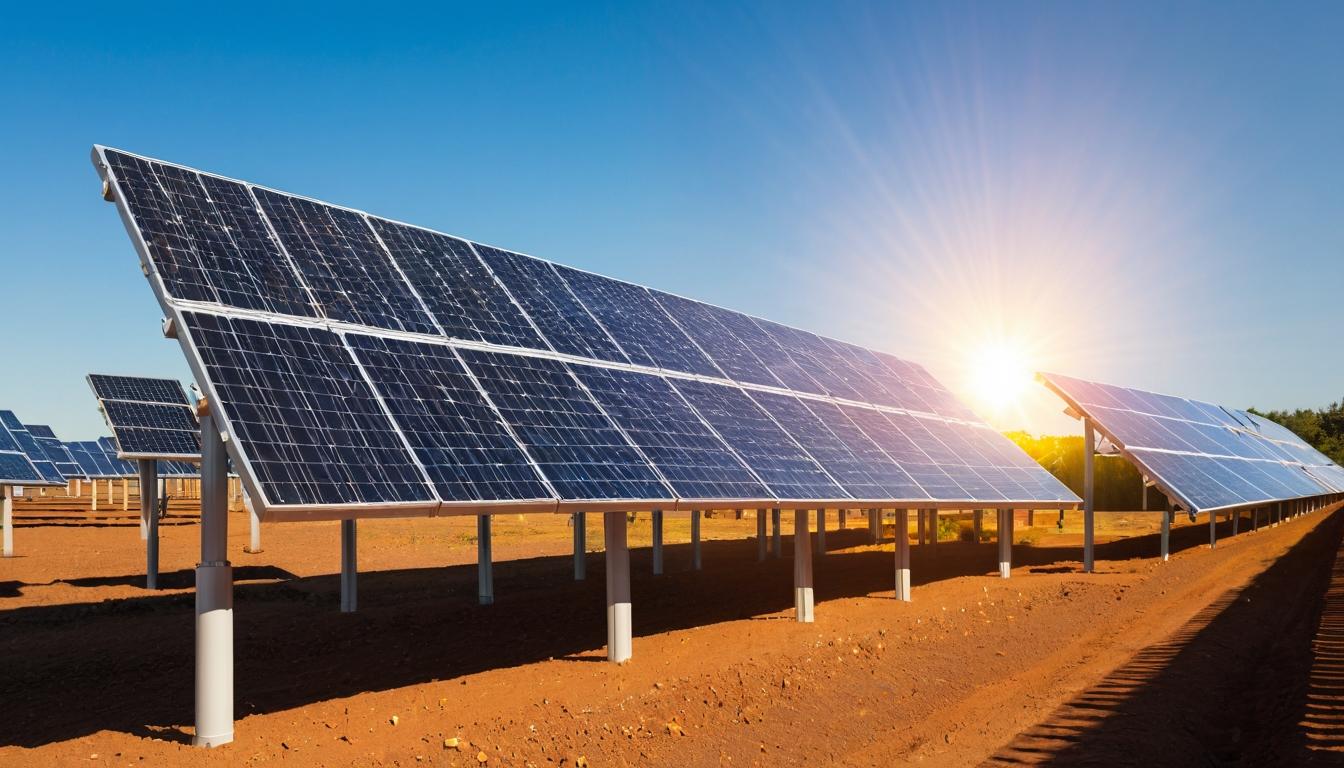In the shadow of towering wind turbines and flashy electric vehicle announcements, a silent revolution has been unfolding across rooftops and fields worldwide. Solar energy, once dismissed as a niche technology for eco-conscious homeowners, has matured into a formidable force reshaping how we produce and consume electricity. The transformation isn't happening through grand government announcements or corporate press releases—it's occurring one panel at a time, driven by market forces that even the most optimistic analysts failed to predict just a decade ago.
What makes this revolution particularly fascinating isn't just the plunging costs of photovoltaic technology, though that story alone could fill volumes. The real intrigue lies in how solar is forcing utilities, regulators, and energy markets to adapt to a fundamentally different paradigm. For centuries, electricity flowed in one direction: from large centralized power plants through transmission lines to passive consumers. Solar panels on homes and businesses have turned this model upside down, creating what energy experts call 'prosumers'—entities that both produce and consume power.
This shift has created fascinating tensions within the energy sector. Traditional utilities, built around predictable demand patterns and centralized generation, now face the challenge of managing grids where power flows unpredictably based on cloud cover and time of day. The solutions emerging from this challenge range from sophisticated battery storage systems to AI-powered grid management tools that can predict solar output hours in advance with startling accuracy. Some forward-thinking utilities are embracing the change, transforming themselves from mere electricity providers into managers of complex energy ecosystems.
Meanwhile, the solar industry itself has undergone dramatic consolidation and innovation. The panel manufacturing sector, once dominated by a few Western companies, has become a global battlefield where Chinese manufacturers have achieved unprecedented economies of scale. This has driven prices down so dramatically that in many regions, new solar projects now produce electricity cheaper than existing fossil fuel plants can operate—a concept known as 'grid parity' that was once a distant dream for renewable energy advocates.
The technological innovations extend far beyond the panels themselves. Microinverters, which optimize each panel's output independently, have dramatically increased system efficiency. Bifacial panels that capture sunlight from both sides are boosting output per square foot. And perhaps most importantly, energy storage technology has evolved from expensive curiosities to essential components of modern solar installations, allowing homeowners and businesses to use solar power even when the sun isn't shining.
Financial models for solar adoption have evolved just as dramatically. The old paradigm of outright purchase or expensive leases has given way to power purchase agreements (PPAs) where homeowners pay only for the electricity produced, often at rates below what utilities charge. Community solar projects allow renters and those with unsuitable roofs to participate in the solar revolution. These innovations have democratized access to solar energy in ways that were unimaginable just a few years ago.
Perhaps the most overlooked aspect of the solar transformation is its impact on energy equity. Low-income communities, traditionally burdened by high energy costs relative to income, are increasingly benefiting from targeted solar programs and innovative financing models. The environmental justice implications are profound—reducing not just electricity bills but also exposure to pollution from fossil fuel plants disproportionately located in disadvantaged neighborhoods.
The international dimension adds another layer of complexity. While developed nations debate net metering policies and grid modernization, solar power is bringing electricity to remote villages in developing countries for the first time. Mini-grids and standalone solar systems are transforming education, healthcare, and economic opportunities in regions where extending traditional power lines would be economically unfeasible. This quiet revolution may ultimately prove to be solar's most significant contribution to human welfare.
As we look to the future, the questions become more intriguing than the answers. How will artificial intelligence further optimize solar energy production and distribution? What new materials might push panel efficiency beyond current theoretical limits? How will solar integrate with other renewable sources and the emerging hydrogen economy? The only certainty is that the solar revolution, having gained irreversible momentum, will continue to surprise us with its pace and creativity.
The story of solar energy is no longer about technology alone—it's about economics, policy, social justice, and ultimately about reimagining humanity's relationship with energy itself. As the panels multiply across landscapes and cityscapes worldwide, they represent not just megawatts of clean electricity but a fundamental shift in how we power our civilization—one that's happening right before our eyes, if we only bother to look.
The hidden revolution: how solar energy is quietly transforming global power grids

